Weaver Leather Horse Polo Leg Wraps, Steel, 4 pk.
The Weaver Leather Polo Leg Wraps are constructed from top quality polar fleece. These leg wraps provide your horse with the leg support needed during strenuous workouts.
The Weaver Leather Polo Leg Wraps are constructed from top quality polar fleece. These leg wraps provide your horse with the leg support needed during strenuous workouts. The hook and loop closures are for easy on and off and a convenient machine washable design make these leg wraps perfect for the busy horseperson. These maximum coverage wraps have a bit of stretch to make wrapping easy and are a great alternative for horses that cannot wear boots but still need superior protection. This tack accessory is made of top quality materials to ensure a highly breathable design that wicks away moisture and dries quickly for enhanced equine comfort. These leg wraps measure 4-1/2 in. wide by approximately 9 ft. long and are sold per set of four.
- Tack accessory will provide leg support needed during strenuous workouts
- Hook and loop closures for easy on and off
- Wraps are machine washable for your convenience
- Satisfactions guaranteed with the purchase of these leg wraps
Additional information
| Closure Type | Hook and Loop |
|---|---|
| Outer Material | Nylon |
| Package Quantity | 4 |
| Warranty | Satisfaction Guaranteed |
| Manufacturer Part Number | 35-4205-S8 |


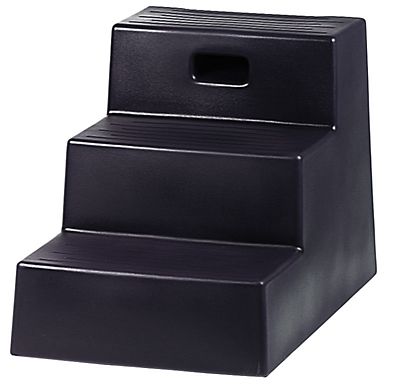
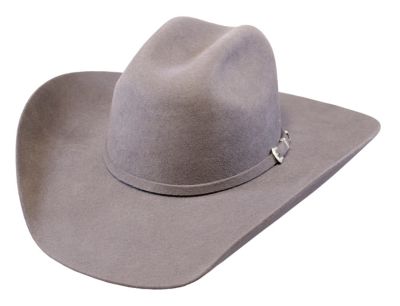
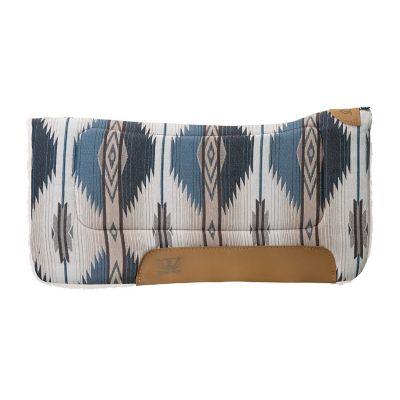
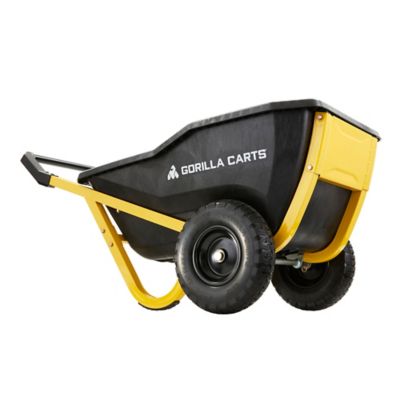
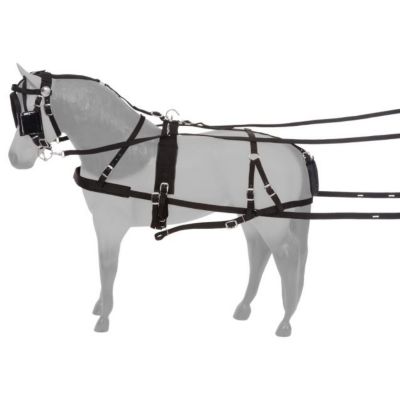

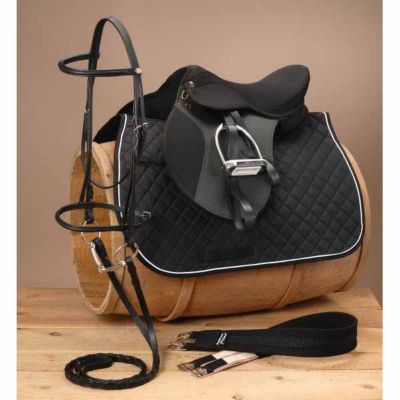
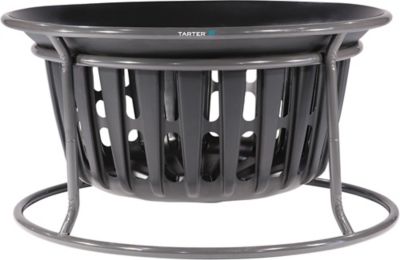
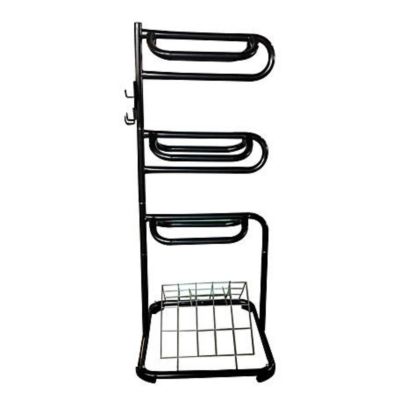
by Chris
Very pretty bright blue, more electric than a deep royal. Nice material, on the thinner side but seems good quality for the cost. Good size. I like that the velcro will stick securely to the polo itself when worn so no excess sticking out. Looks like it will provide decent support and adds a splash of color.
by Corey
great quality polo! super nice fabric that has stayed soft after many washes and very sticky velcro. definitely will buy more of these in other colors.
by Siller
These worked fantastic for our Doberman who has a torn muscle.
by Amy
These are good quality and easy to work with. Product as described and shipped at expected time.